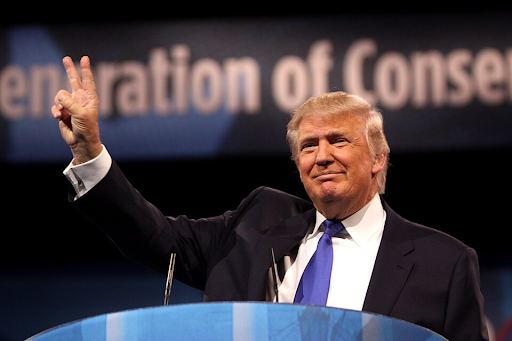President Donald Trump’s proposal could be a catalyst for the formation of rigid, new economic blocs, accelerating the trend towards a bipolar world order. His plan effectively asks NATO to stop being just a military alliance and start acting as a unified economic super-bloc, pitted against a nascent China-Russia axis.
The call for NATO “as a group” to impose massive tariffs on China is the clearest evidence of this vision. If enacted, this would formalize a state of economic warfare between the entire Western alliance and China. It would force neutral countries around the world to choose sides in a way they haven’t had to before.
This would likely cause Russia and China to accelerate their own efforts to build a parallel economic system, one that is less reliant on the U.S. dollar and Western financial institutions. They would seek to pull other nations in Asia, Africa, and Latin America into their own economic orbit, creating a competing bloc.
Trump’s strategy, therefore, may be about more than just ending the war in Ukraine. It could be an attempt to force the creation of a new global structure: a Western economic bloc, led by the U.S., in direct and open competition with a China-led bloc. This would mark the end of the post-Cold War era of globalization.


